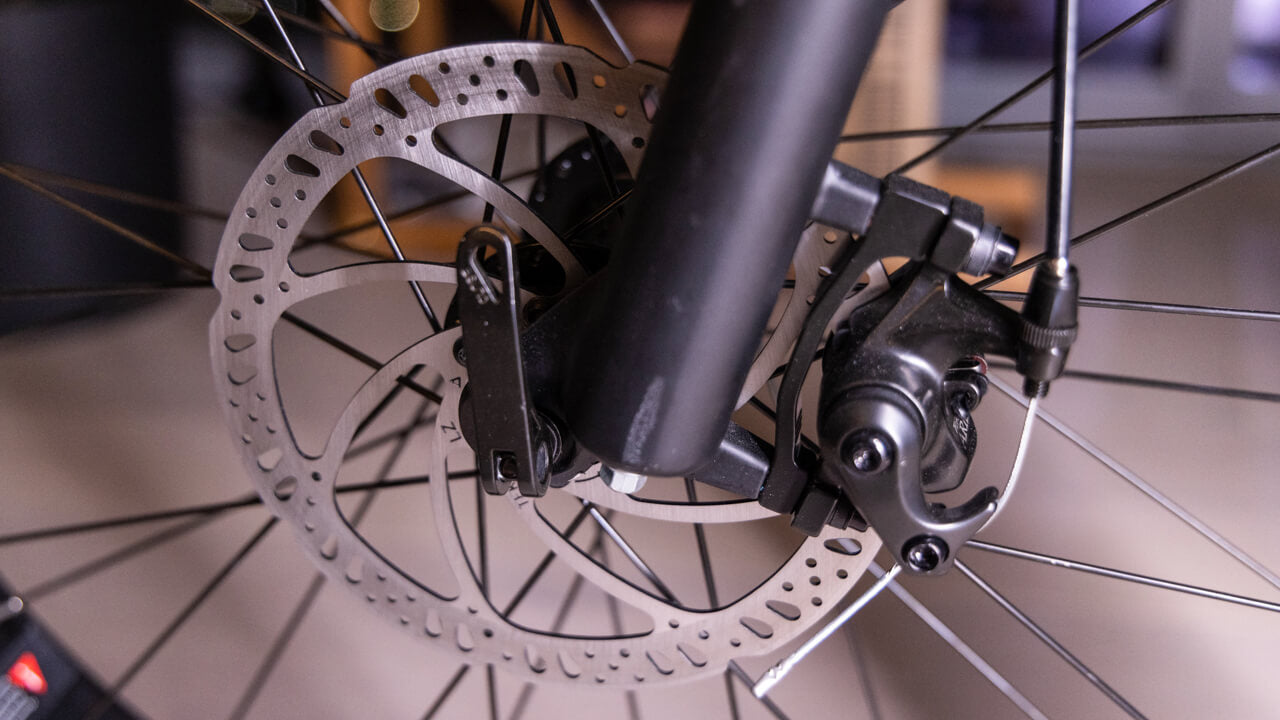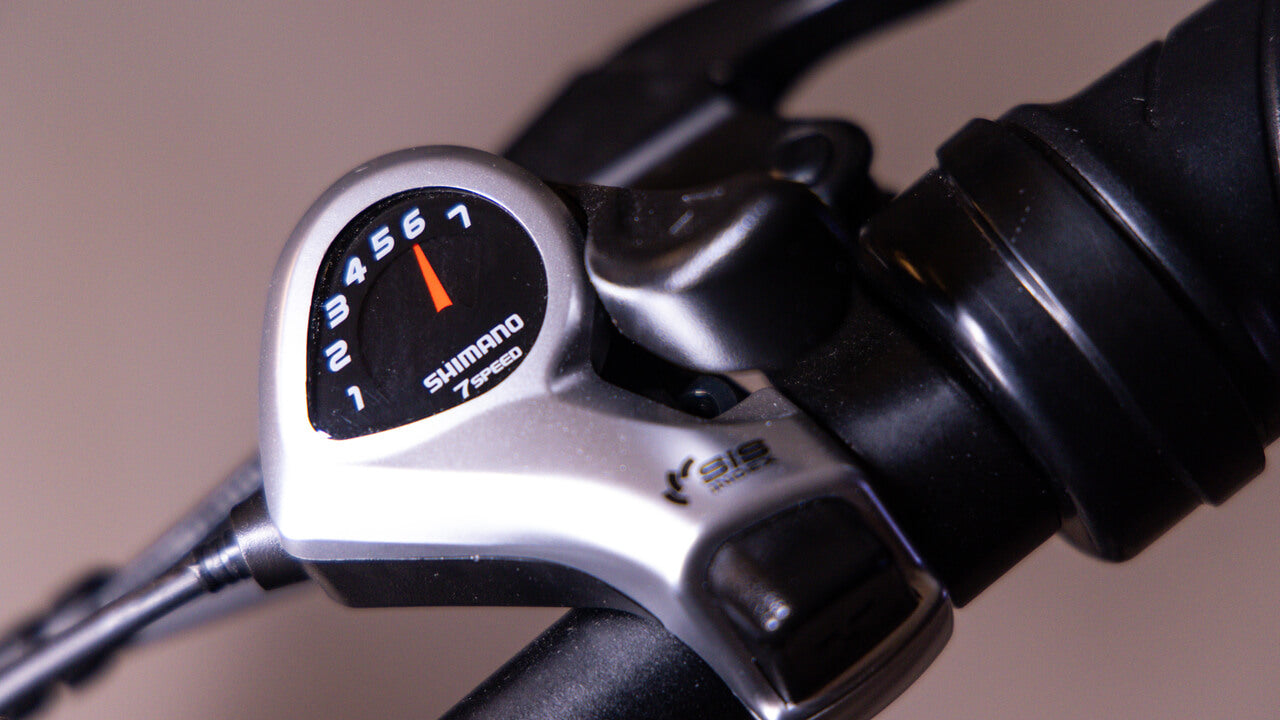For cyclists, the interplay between body and machine is a source of endless fascination. Pedaling through city streets, meandering downhill paths, or powering up challenging inclines requires a symbiotic relationship with one particular aspect of the bicycle: its gears. Whether you're a novice rider or a seasoned pro, understanding your bike's gearing system is akin to unlocking the secret language of your two-wheeled companion. This comprehensive guide aims to demystify the mechanics of electric bike gears, helping you to optimize your ride for efficiency and enjoyment.
The Fundamentals of Bike Gears
Before you can ride like the wind, it's crucial to comprehend the basics of bike gearing. In essence, a bicycle's gear system consists of gears and a means to change between them. The varying sizes of the gears at the crankset (the one that's driven by the pedals) and the cassette (the cluster of gears on the rear wheel) determine the bike's 'gear ratio,' which directly influences speed and force.
Understanding Gear Ratios
The gear ratio is the relationship between the number of teeth on the front chainring and the number on the rear 'cog.' A higher number of teeth on the front and a lower number on the rear will equate to harder bicycle gears, ideal for fast, flat riding and downhill sections. Conversely, a smaller front gear and a larger rear gear will provide easier gear for climbing and starting from a stop.
Take road bikes as an example, the gear ratios are typically closer together, providing a smooth transition between gears and allowing for efficient pedaling on long-distance rides. The cassette on a road bike usually has smaller teeth compared to mountain bikes, as roads tend to have more gradual inclines compared to off-road trails. Furthermore, road bike gearing systems often have more gears, with 10-12-speed cassettes being the norm. This allows for even smaller gear ratios, giving riders more options for finding their ideal cadence.
Internal Gear Hubs vs. Derailleur Systems
There are two primary types of gears on bikes — internal gear hubs and derailleur systems.
What is an Internal Gear Hub on a Bike?
An internal gear hub utilizes a set of gears inside the rear wheel's hub, rather than hanging off the bike. They're often enclosed within a protective casing and have fewer parts exposed to wear and tear, making them low maintenance. However, they typically provide fewer gears overall and are heavier than derailleur systems.
What is a Derailleur Gear on a Bike?
Conversely, a derailleur system features several gears connected to the bike's chain and front crankset. The mechanism uses a 'derailleur' (a device that moves the chain from gear to gear) and allows for a more extensive range of gear ratios. This design is popular among road bikes and mountain bikes due to its lightweight construction.
The Gears On a Bike
To speak the gears' language, you must learn their vocabulary. Here are essential terms to familiarize yourself with:
Front and Rear Derailleurs
These are the mechanisms that move the chain between the various gears. The front derailleur guides the chain between the chainrings, while the rear derailleur shifts the chain across the cassette.
Shifters
Shifters are the controls on the handlebars that you use to change gears. They come in different types, including twist grip, trigger shifter, and electronic push-button varieties.
Chainrings and Cogs
Chainrings are the set of gears on the pedal crank that your chain moves between and cogs make up the cassette or freewheel on the rear wheel.
Teeth
The number of teeth in a gear affects its mechanical advantage or 'leverage.' More teeth make it harder to pedal, and fewer teeth make it easier.
The Art of Gear Shifting
Now that we've established the groundwork, it's time to discuss the finesse of gear shifting. Doing it poorly can damage your gears or your chain, but with the right approach, you can ensure smooth transitioning and a longer life for your bike's components.
Bicycle Gears: When to Shift
It's essential to learn the signs that it's time to shift gears. If you find your pedaling cadence (or 'cadence') is becoming too fast or too slow for comfort, it's time to shift. The goal is to maintain a consistent and efficient pedal stroke.
Anticipate the Terrain
To ensure a seamless ride, you should anticipate the terrain ahead. Shift to a lower gear before you hit an incline to maintain your speed and reduce the effort required. Likewise, shift to a harder gear in advance of a descent, so you can power through without spinning out.
Bicycle Gears: How to Shift Smoothly
Gear shifting is a combination of finesse and timing. Ease off the pedals slightly to relieve the pressure on the chain, then make your gear shift. For most derailleur systems, this involves moving the shifter while pedaling lightly. When using a twist grip, adjust your grip and give it a slight twist, or use your thumb for trigger shifters. Electronic systems usually have buttons to press, which should be done with the same gentle approach as a manual shifter.
How to Use a Bike with Gears?
Using a bike with gears is relatively simple once you understand the basics. To ride, start by getting on your bike and placing your feet on the pedals. As you begin to pedal, use your shifters to change gears as needed, keeping in mind the terrain and signs that it's time to shift. When shifting, remember to ease off the pedals slightly and make smooth, gentle shifts to avoid any damage. With practice and a good understanding of your bike's components, you'll be shifting like a pro in no time!
Troubleshooting Gears
Even with the best maintenance, issues can arise with your bike's gears. Understanding how to diagnose and fix problems is critical knowledge for any cyclist.
Misalignment
If your chain is consistently slipping off the gear teeth or experiencing rough gear shifts, your derailleurs may be out of alignment. You can typically adjust this by tuning the barrel adjusters on the shifters or those located on the derailleurs themselves.
Chain Rub and Cross-Chaining
Chain rub occurs when the chain is not aligned with the gear it is on, usually due to extreme combinations of high and low gears. This is often a sign of being 'cross-chained,' where the chain is at an extreme angle, resulting in more wear and a noisy, less efficient ride.
Chain Skipping or Slipping
If your chain is skipping when you apply pressure, you may have worn chainrings or cogs, or a stretched chain. Replacing these components should solve the issue.
Maintaining Your Gears
Proper maintenance is the key to ensuring your bike's gears function reliably and efficiently. Here are some steps to keep them in top condition:
Regular Cleaning: How to Clean Your Drivetrain?
To keep your bike gear in good shape, you must regularly clean your drivetrain. Start by wiping down the chain with a degreaser and a clean rag to remove any dirt or grime build-up. Then use a brush designed for cleaning chains (or an old toothbrush) to scrub between each link. Finally, rinse off the remaining degreaser with water and dry the chain thoroughly before applying a lubricant.
Check for Wear: When Should You Replace Your Gears?
Regularly inspect your chain, cogs, and chainrings for signs of wear. Over time, your gears will wear out and need replacing. Signs it's time for new gears include skipping or slipping chains, difficulty shifting, or visible wear on the teeth of your chainrings or cogs. It's essential to keep an eye on these components during regular maintenance and replace them as needed to ensure optimal performance.
Lubrication
Keep all moving parts well-lubricated. Pay attention to the chain, but also ensure the derailleurs and shifters are not neglected, using a good quality bike-specific lubricant.
Advanced Gear Techniques
For enthusiasts looking to take their gear knowledge to the next level, there are specific techniques that can offer an edge in performance.
Cadence Training
Focusing on your pedaling cadence can greatly improve your riding experience. Engage in training drills that
target specific cadence ranges to build strength and endurance.
Gear Selection Strategies
Learn how to select the optimal gear for various situations. This might involve using a wider gear range to maintain speed through constantly changing terrain or adopting a high-cadence strategy for breakneck descents.
Custom Gearing Setups
Some cyclists may benefit from custom gearing setups. This could involve changing the number of teeth on the chainrings or seeking out cassettes with specific gear ratios that better suit their riding style or terrain.
The Final Pedal Stroke
Bike gears can be the key to unlocking new levels of enjoyment and performance on your cycling journeys. By mastering the mechanics of gear systems, practicing nuanced shifting techniques, and maintaining your components, you'll forge a deeper connection with your ebike and the environment through which you ride.
Every rotation of the pedal is an opportunity to refine your biking technique, challenge your limits, and enrich your cycling experience. Whether you're cruising through cityscapes or conquering mountain trails, your understanding of bike gears will be the wind at your back, pushing you toward new horizons in the world of cycling.



















